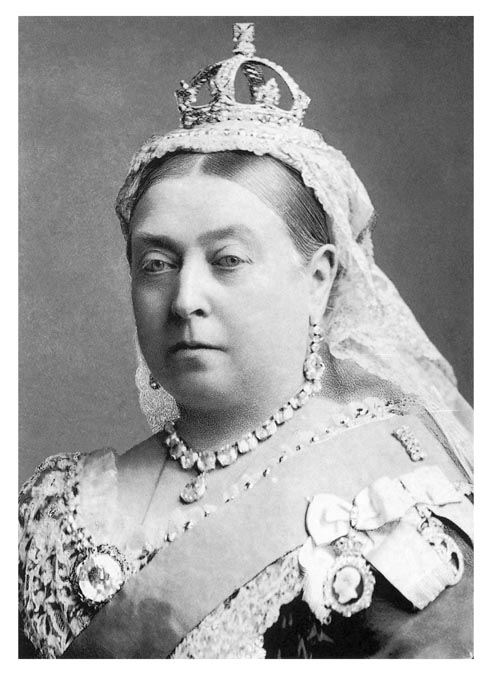
When the Victorian period began (in the 19th Century in England), small retail shops sold goods produced on the premises. Grocers blended tea, roasted coffee, ground sugar and packaged dry foods. Shop assistants were hired to learn the trade. Young women who were neat, responsible, well-spoken, and literate, would work for relatively low wages for a few years between school and marriage.

Goods were kept in drawers, boxes, bins and storerooms. Many stores had a separate cashier in a well-protected location. Victorian cities had crime and most goods were paid for in cash.
The most poorly-paid sewing was known as “slopwork.” In 1875 East End women worked late to sew sacks and used the light from a streetlamp so they could save the cost of candles. Needlework could be done in a dress-making shop as an apprentice before becoming lady’s maids.
Pay greatly varied depending on the shop and its location. Fashionable shops might employ senior women workers for one pound a week. Almost all employees were required to live-in. Shop assistants slept two to a room, took meals in a pleasant dining room, and were provided with current magazines, a piano, and a space for recreation. The majority of shop assistants were between the ages of 16 and 22.
At the beginning of the 19th Century, agriculture was still central to the economy. By mid-century industry ruled. Commerce was gaining fast. The growth of banking, insurance business, and other non-factory employment led to a vast increase in clerical and managerial positions. An office boy began work at age 14 after passing tests in arithmetic, handwriting, and general knowledge. At first he might not have any wage while he ran errands, delivered messages and became acquainted with the business.
Young women would find work as telephone operators. They were hired at age 16 after they passed an examination. Their speaking voice was required to “be free from pronounced local dialect.” In the early Victorian years most cities had no paving, no sewers and few public buildings. local dialect.” After approximately five years, their salaries would be appproximately 50 pounds a year.
Daily life was altered because of scientific and technical advances. Chloroform, photography, sewing machines, safety matches, glass bottles, the typewriter, gaslights, rayon, and safety razors were some of those advances.
Two-wheeled Hansom cabs provided rapid and comfortable transportation in London and other cities. A double-decker bus was pulled by a team of horses along London’s Fleet Street. A single one penny fare was enough for a journey of almost any length. The underground was even cheaper than the onmnibus in 1890.
In 1840, Parliament established a uniform mail service that became known as the penny post. Rail service moved the mail quickly to all parts of the country.
Prosperous cities soon would invest in town halls, law courts, museums, libraries, concert halls and schools by the end of the Century. Electrical lines would come to middle-class residential streets. Streetlamps would change from gaslighting which would be replaced by electrical fixtures.
Queen Victoria passed this life January 27,1901. The world had irrevocably changed during the 64 years of her reign.

